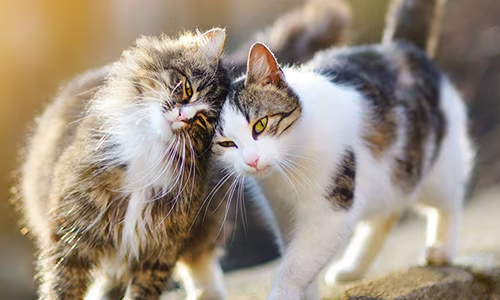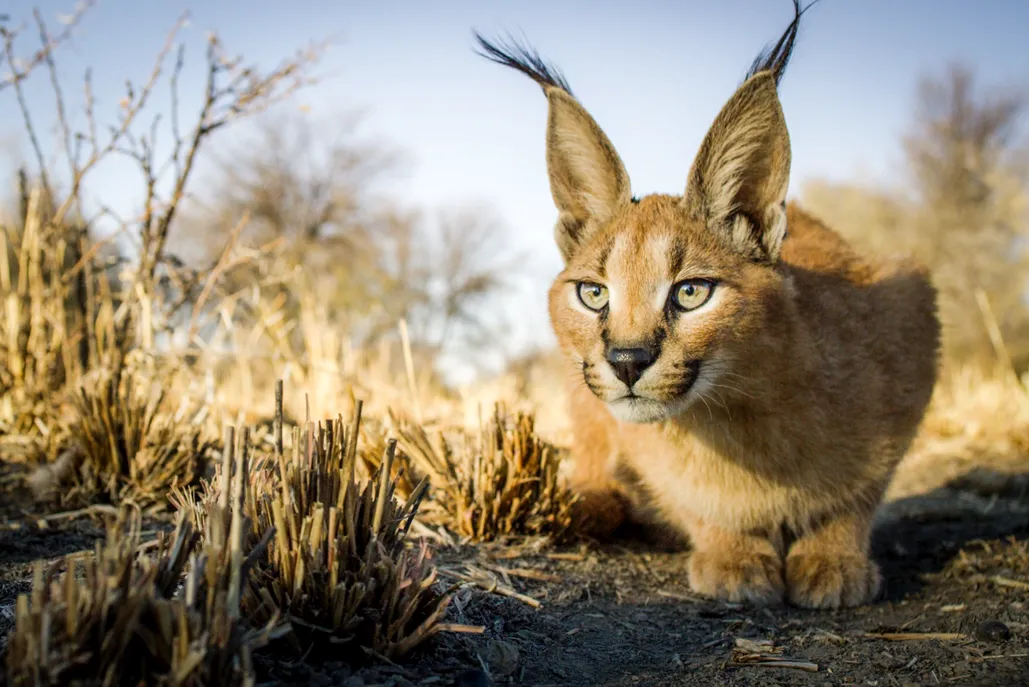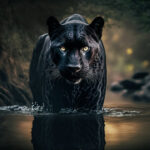In the tapestry of the natural world, there exists a creature that embodies grace, independence, and enigmatic charm – the cat. From the sleek silhouette of a domestic tabby to the untamed majesty of a wild lion, cats captivate us with their beauty, agility, and mysterious allure. In this essay, we embark on a journey to explore the fascinating world of cats, from their evolutionary origins to their cultural significance and enduring companionship with humans.
Cats, belonging to the family Felidae, are a diverse group of carnivorous mammals characterized by their retractable claws, keen senses, and flexible bodies. With over 40 recognized species ranging from the diminutive rusty-spotted cat to the formidable Siberian tiger, cats have successfully adapted to a wide range of habitats, from arid deserts to dense rainforests.

One of the most remarkable features of cats is their evolutionary journey from solitary hunters to domestic companions. The domestic cat (Felis catus) is believed to have descended from the African wildcat (Felis silvestris lybica), which was domesticated by ancient civilizations over 10,000 years ago. Initially valued for their prowess in controlling rodent populations, cats gradually became cherished companions, revered for their affectionate nature and pest-control abilities.
Domestic cats exhibit a wide range of behaviors and personalities, from the playful antics of kittens to the dignified aloofness of mature cats. They are highly intelligent and adaptable creatures, capable of forming deep bonds with their human caregivers while retaining their independent spirit. Whether lounging in a sunbeam, prowling through tall grass, or engaging in a spirited game of chase, cats enchant us with their expressive eyes, graceful movements, and curious nature.
Beyond their role as beloved pets, cats hold a prominent place in human culture, folklore, and mythology. Throughout history, cats have been revered as symbols of mystery, magic, and good fortune in various cultures around the world. In ancient Egypt, cats were worshipped as sacred beings and guardians of the afterlife, with the goddess Bastet depicted as a lioness-headed deity associated with fertility and protection. In Japanese folklore, the beckoning cat or “maneki-neko” is believed to bring prosperity and happiness to its owner.

Furthermore, cats have left an indelible mark on literature, art, and popular culture, inspiring countless works of creativity and imagination. From T.S. Eliot’s whimsical poems in “Old Possum’s Book of Practical Cats” to the iconic feline characters of Lewis Carroll’s “Alice’s Adventures in Wonderland,” cats have been celebrated as symbols of mystery, mischief, and grace.
In addition to their cultural significance, cats play a vital ecological role as apex predators, helping to control rodent populations and maintain the balance of ecosystems. Despite their reputation as skilled hunters, domestic cats face numerous challenges in the modern world, including habitat loss, predation by other animals, and human-related threats such as traffic accidents and poisoning.
As responsible pet owners and stewards of the environment, it is our duty to ensure the health and well-being of cats, both domestic and wild. This includes providing proper care, nutrition, and veterinary attention for domestic cats, as well as supporting conservation efforts to protect endangered wild cat species and their habitats.
In conclusion, cats are more than just pets; they are companions, confidants, and sources of joy and inspiration. With their timeless elegance, inscrutable gaze, and unwavering loyalty, cats remind us of the beauty and complexity of the natural world. Whether lounging on a windowsill or prowling through the wilderness, cats captivate us with their enigmatic charm, forever weaving their mystique into the fabric of our lives.


